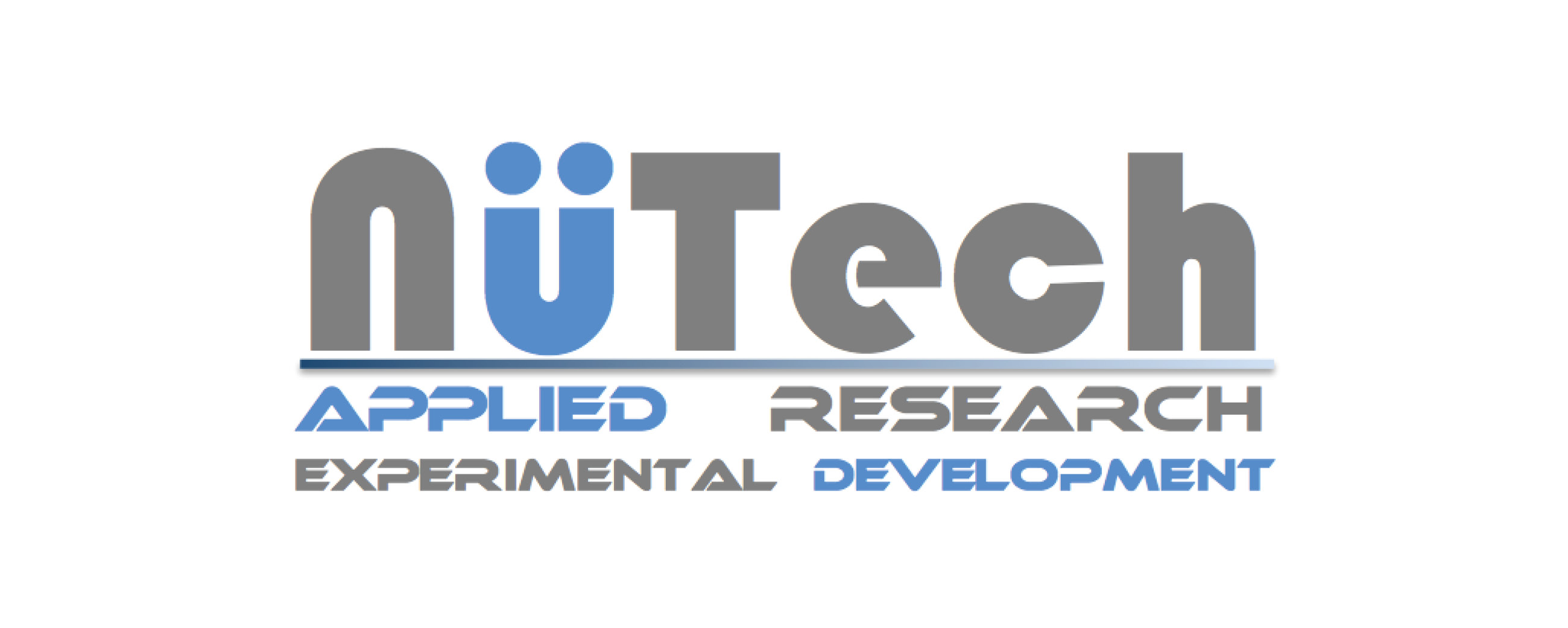Quantum theory has radically changed our understanding of how light and matter interact at extremely small scales. It has been observed that, in a material with nanometric dimensions, known as quantum dot, appear quantum effects due to their size that alter their behaviour. For example, these objects can be in different states at the same time (overlap) or they may be deeply connected without physical interaction (entanglement).
In the field of photonics, this knowledge has allowed the development of new technologies that take advantage of quantum dots’ optical properties to improve the operation and skills of the devices. In general, it is possible to reduce the electrical energy consumption of equipment, reduce its size and increase operating speeds; so quantum technologies are of great interest both in research and in applications in various sectors.
In the sphere of lighting and production of screens and displays, QLEDs (Quantum Light Emitting Diodes) are presented as an alternative to OLEDs due to their low manufacturing cost, higher light efficiency and lower energy consumption. Moreover, its transparency and flexibility will allow the creation of new forms of screen and lighting that are not possible with the existing technologies.
The energy supply represents another area where quantum technologies will play a key role in the coming years. It has been proved that quantum dot solar cells can improve the efficiency of photovoltaic panels due to their high light absorption capacity.
On the other hand, by manipulating quantum dots can be achieved devices of high precision, resolution and sensitivity, much greater as compared to conventional sensors. Thus, quantum sensors will revolutionize detection systems and metrology in areas such as biomedicine, medical diagnosis, navigation or civil engineering among many others.
In the computing sector, quantum computers will be able to solve problems that were considered impossible up to now in a fast and efficient way. This amazing improvement in computing capacity is achieved by replacing the traditional bits, 0 and 1, by quantum bits. That type of systems, such as the polarization of a photon, can be found in a two state overlap, in other words, they can be 0 and 1 at the same time. Thus, quantum computing will be an alternative to supercomputers used in the design of automobiles, buildings and many other complex objects, as well as a possible way to develop artificial intelligence.
Finally, the generation and use of light-based quantum states for the communication protocols will enable increased communications security, long-term storage and other tasks related to cryptography.









